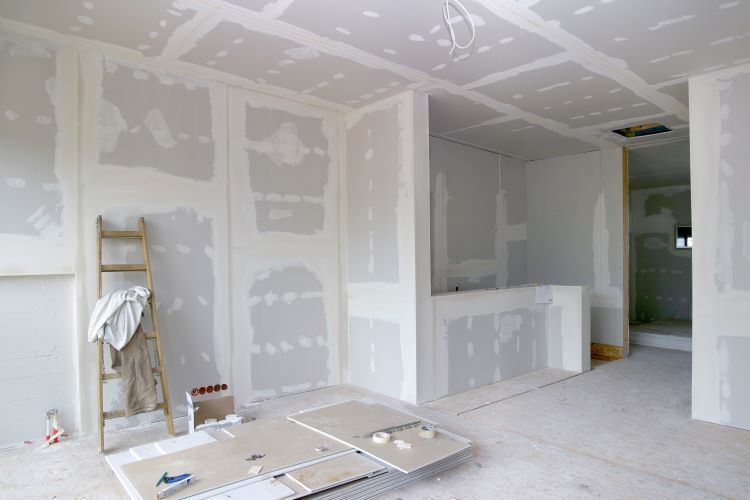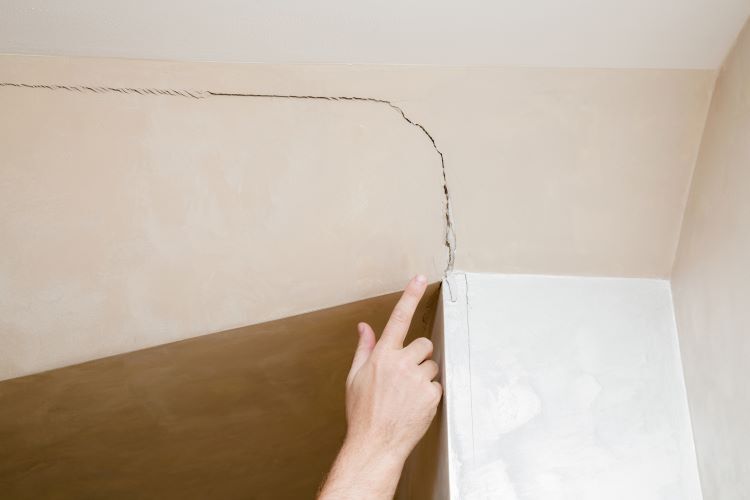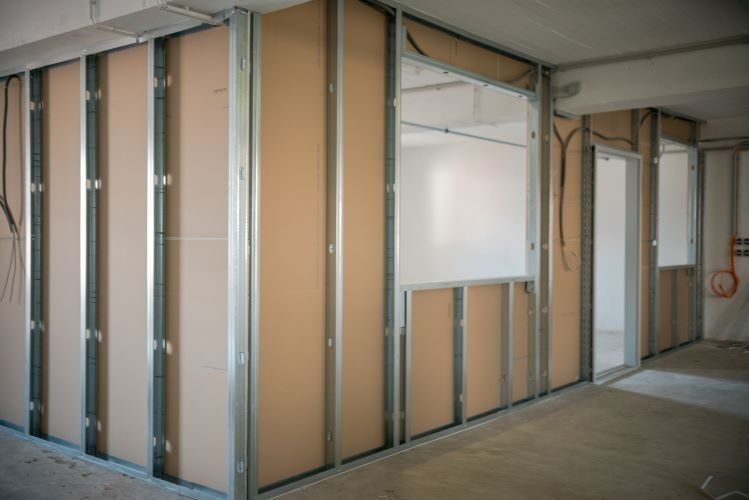How to Choose the Right Drywall Thickness for Your Project

When it comes to drywall installation, one of the most important decisions you'll make is selecting the right thickness for your project. The thickness of drywall not only affects the durability and performance of your walls and ceilings but also plays a crucial role in meeting building codes and achieving a professional finish. In this article, we'll guide you through the key considerations for choosing the right drywall thickness for your specific needs.
Understanding Standard Drywall Thicknesses
Drywall, also known as gypsum board or sheetrock, typically comes in a variety of thicknesses. The most common options include:
- 1/4-Inch Drywall: This is the thinnest option and is often used for creating curved surfaces or covering existing walls and ceilings when you want to avoid extensive demolition. However, it lacks the strength needed for most new installations.
- 3/8-Inch Drywall: Slightly thicker than 1/4-inch, this drywall is sometimes used for remodeling projects, particularly when covering existing surfaces. Like 1/4-inch drywall, it is not commonly used in new construction due to its limited strength.
- 1/2-Inch Drywall: The standard thickness for most interior walls and ceilings in residential construction. It provides a good balance of strength, sound insulation, and fire resistance, making it suitable for most rooms in your home.
- 5/8-Inch Drywall: This thicker drywall is commonly used in commercial buildings and in areas where additional fire resistance, soundproofing, or durability is required, such as in garages or shared walls between units. It’s also ideal for ceilings where a more rigid material can help prevent sagging.
Factors to Consider When Choosing Drywall Thickness
1. Location of Installation
The first factor to consider is where you will be installing the drywall. For standard interior walls and ceilings in residential homes, 1/2-inch drywall is usually sufficient. However, if you're working on ceilings, particularly in older homes or in areas with high humidity, 5/8-inch drywall might be a better choice to prevent sagging.
For basements, garages, or areas where moisture is a concern, consider using a moisture-resistant drywall type, often referred to as "green board," which usually comes in a 1/2-inch thickness.
2. Building Codes and Fire Resistance
Building codes often dictate the type of drywall required for specific areas of a home or commercial building, particularly when it comes to fire resistance. For example, walls that separate an attached garage from the main living area typically require 5/8-inch fire-rated drywall. Always check your local building codes or consult with a professional to ensure compliance.
3. Soundproofing Needs
If soundproofing is a priority, such as in bedrooms, home theaters, or between multi-family units, 5/8-inch drywall is often preferred due to its density and ability to block sound. Additionally, there are specialized soundproof drywall options available that are designed to further enhance sound reduction.
4. Durability Requirements
Consider the level of wear and tear the drywall will be exposed to. High-traffic areas like hallways, stairwells, and garages may benefit from thicker drywall (5/8-inch) for added durability. In contrast, less frequently used spaces may not require the same level of thickness.
5. Curved Surfaces and Special Applications
For projects involving curved walls or unique architectural features, 1/4-inch drywall is often used because of its flexibility. However, it typically requires multiple layers to achieve the desired strength and stability.
Tips for a Successful Drywall Installation
- Use the Right Tools: Proper tools and techniques are essential for a smooth installation. Make sure you have the correct screws, cutting tools, and joint compound for the drywall thickness you choose.
- Proper Support for Ceilings: When installing drywall on ceilings, especially with 5/8-inch thickness, ensure you have adequate support to prevent sagging over time.
- Professional Installation: While DIY drywall installation is possible, hiring a professional can ensure that the job is done correctly, meeting all building codes and achieving a high-quality finish.
Conclusion
Choosing the right drywall thickness is a critical step in any construction or renovation project. By considering factors such as location, building codes, soundproofing needs, and durability requirements, you can select the ideal drywall for your specific situation. Whether you're remodeling a basement, soundproofing a bedroom, or constructing a new home, making the right choice will contribute to a long-lasting and professional result.
For expert advice and professional drywall installation in Calgary, trust the team at Calgary Drywallers. We’re here to help you every step of the way, ensuring your project is completed to the highest standards. Contact us today for a consultation!
You might also like


